Let us scrutinize the new Awaken mechanics by taking a look at Ruinous Path.

Oracle Text:
Sorcery
Destroy target creature or planeswalker.
Awaken 4 — {5}{B}{B} (If you cast this spell for {5}{B}{B}, also put four +1/+1 counters on target land you control and it becomes a 0/0 Elemental creature with haste. It’s still a land.)
Ruinous Path is a black sorcery spell. Cast for its mana cost, it has only one target. This target is either a creature or a Planeswalker. I hope we don’t get any misunderstandings here. You have already grown out of believeing the marketologists that players are Planeswalkers, haven’t you?
There would be nothing else interesting about this card if it weren’t for the Awaken mechanic, which has already managed to engender a throng of town legends. In order to dispel those, let me explain step by step how it works.
Awaken
701.112a. Awaken appears on some instants and sorceries. It represents two abilities: a static ability that functions while the spell with awaken is on the stack and a spell ability. “Awaken N—[cost]” means “You may pay [cost] rather than pay this spell’s mana cost as you cast this spell” and “If this spell’s awaken cost was paid, put N +1/+1 counters on target land you control. That land becomes a 0/0 Elemental creature with haste. It’s still a land.” Paying a spell’s awaken cost follows the rules for paying alternative costs in rules 601.2b and 601.2f-h.
As you undoubtedly know, a spell’s full cost consists of the mana cost or an alternative cost, plus all additional costs, plus all cost increases, minus all cost reductions. Compulsive additional costs are to be paid, optional ones are at your discretion.

So, rather than paying the mana cost {1BB}, we can pay the Awaken cost {5BB}, and then everything is just the usual spellcasting.
If Thalia is on the battlefield, she will add {1} to Ruinous Path’s total cost in either way.
So, Awaken provides a possibility to pay an alternative cost. Since we mention this, we need to remember at once that when there are multiple payable alternative costs, only any one may be used. It happens quite often that we don’t really have a choice:
Snapcaster Mage’s trigger can give Flashback to Ruinous Path in the graveyard. You won’t be able to cast this spell at Awaken cost, since Awaken doesn’t let you cast it from the graveyard.
If you activate Narset Transcendent’s second ability and then resolve Ruinous Path, you may cast it at your next upkeep thanks to Rebound, but you won’t have the option to Awaken it along that.
It is possible to play a spell off Cascade only without paying its mana cost, because “without paying its mana cost” is an alternative cost in itself, and the Awaken cost cannot be chosen.
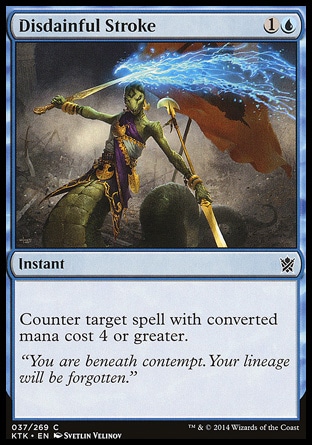
Paying an alternative cost doesn’t modify the spell’s mana value. No matter how you put Ruinous Path onto the stack, its mana value is always 3!
Ruinous Path cannot be countered with Disdainful Stroke on any condition.
702.112b. The controller of a spell with awaken chooses the target of the awaken spell ability only if that player chose to pay the spell’s awaken cost. Otherwise the spell is cast as if it didn’t have that target.
As soon as you choose the option to pay the Awaken cost of the spell, that spell gets an additional target. If the spell didn’t have a target before that, it becomes targeted. When casting such spell, you are bound to choose a legal object for each instance of the word “target”. A spell cannot be cast at Awaken cost if at least one of its targets is illegal.

Ruinous Path normally has one target — a creature or a Planeswalker to be destroyed. When cast at Awaken cost, there is an additional target — a land.

You cannot cast Scatter to the Winds at Awaken cost if there is no suitable spell on the stack, because both targets must be legal when casting it.
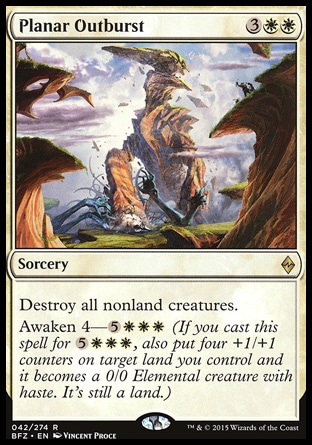
Planar Outburst has no targets, i.e. it is not targeted. When cast at Awaken cost, it gets a target and becomes targeted.
The legality of the targets is checked once again as the spell resolves.
- If at least one target is still legal, the spell resolves and its effect is carried out as much as possible (related to all legal targets).
- If all of its targets become illegal on resolution, the spell is countered and produces no effect whatsoever!





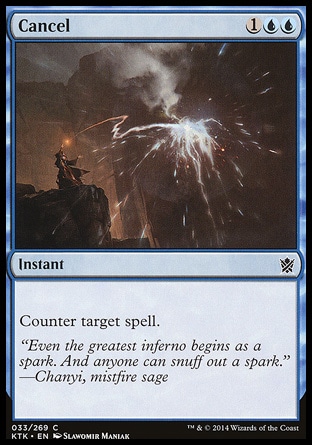
Planar Outburst cast for Awaken cost has only one target — the land. If the opponent responds with Volcanic Upheaval into that land here, then as Planar Outburst resolves it is clear there are no legal targets for the spell. It fizzles and nothing happens. Nothing at all.
The same thing happens if the spell is countered by, say, Cancel. Neither its normal effect, nor the one granted by Awaken ability are carried out.
If a spell cast for its Awaken cost resolves safely, first its normal effects are carried out, followed by the effect of Awaken, i.e. placing counters, animating the land and hasting it up.
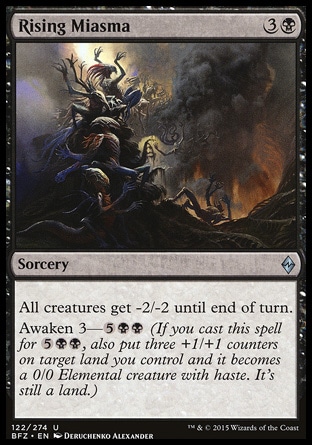
First, all creatures get -2/-2, then the target land gets three +1/+1 counters and becomes a creature. The -2/-2 effect doesn’t affect it.
The above is true if the land wasn’t a creature at the time Rising Miasma started resolving. If it was, for instance, a 2/2 animated Mutavault, it does get -2/-2 first, but it doesn’t die because SBA are not performed until a spell has resolved fully.
It will get three +1/+1 tokens and gain a new P/T set value — 0/0. As a result, that creature will be 1/1 (until the end of turn).
A land animated through Awaken preserves all of its abilities, types, subtypes and supertypes.
Urborg becomes a Legendary Land Creature — Elemental with haste that gives all lands the subtype Swamp.
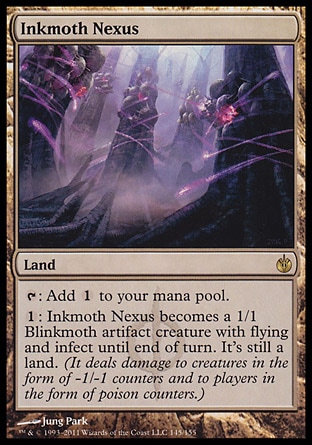
The Nexus can be animated with its original ability, then it will grow in size by 1/1 (remember the layers), fly up, gain an additional creature type and infect.
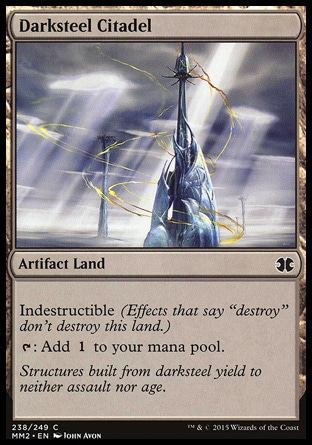
The Citadel will be an Artifact Land Creature — Elemental, it will keep Indestructible and the ability to give mana. It will gain haste.
Since most of the lands are colorless, and the Awaken effect doesn’t affect color in any way, most of the time the resulting creature will be colorless.
Dryad Arbor is green due to its color indicator. Should it get awakened, it will remain green.

A forest is colorless, so it will be a colorless creature. It favors Dominator Drone for example.
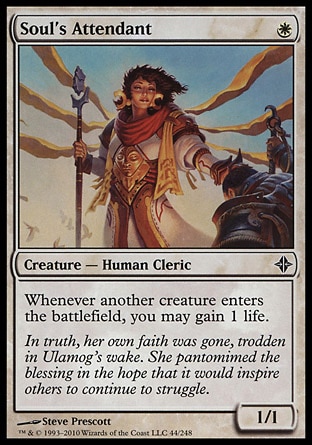
An awakened land doesn’t enter the battlefield, it just gains the additional Creature card type. So the triggers tracking creatures entering the battlefield don’t go off.

The Land Creature goes to the graveyard from the battlefield in all cases when a normal creature would: through lethal damage, toughness less or equal to zero, or destruction.

When an awakened land leaves the battlefield and hits the graveyard, all triggers of the “whenever a creature dies” kind go off. Triggers that track creatures entering the graveyard will find the land there.
Finally, Awaken grants the land haste, so the resulting creature may be sent into attack. Its controller may use activated abilities that have a tap symbol in the cost, such as the mana abilities provided by the corresponding land subtype.
Translated by Witas Spasovski
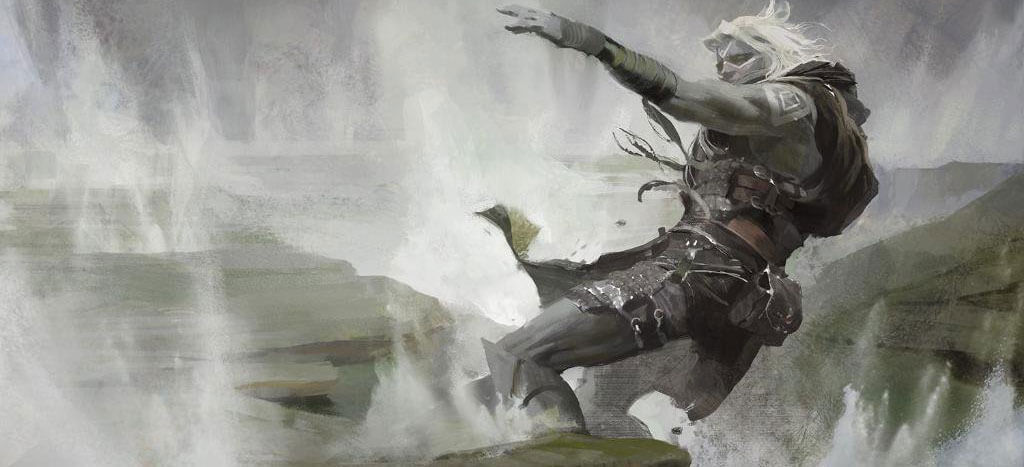
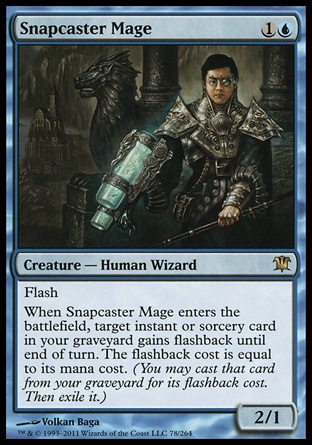
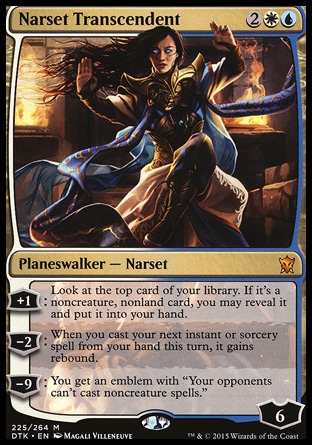
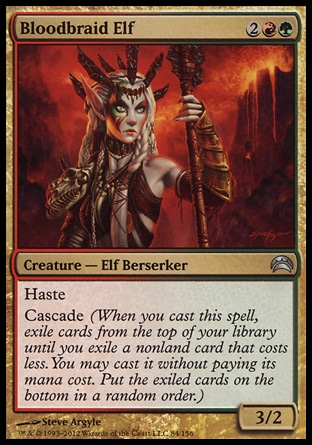
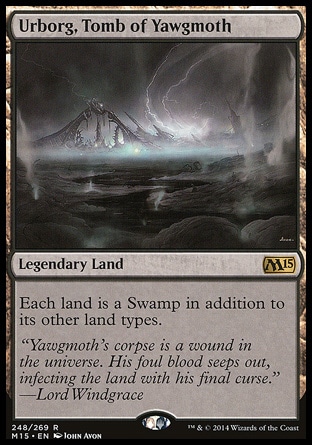
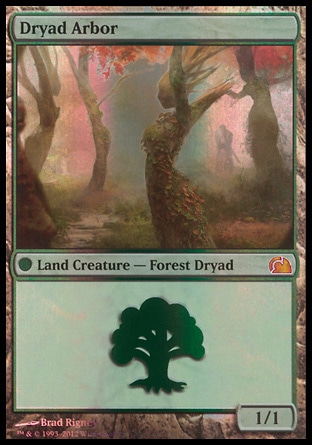
For instance, if you cast Ruinous Path for Awaken cost by choosing a Very Important Creature (VIC) under your opponent’s control, and the opponent responds with Feat of Resistance into VIC and chooses black at its resolution, then by the time Ruinous Path resolves it will have one legal target — the land. Thus, the land will get four +1/+1 counters and become a creature.
If the opponent responds with Volcanic Upheaval into the land instead, then VIC is destroyed as Ruinous Path resolves.